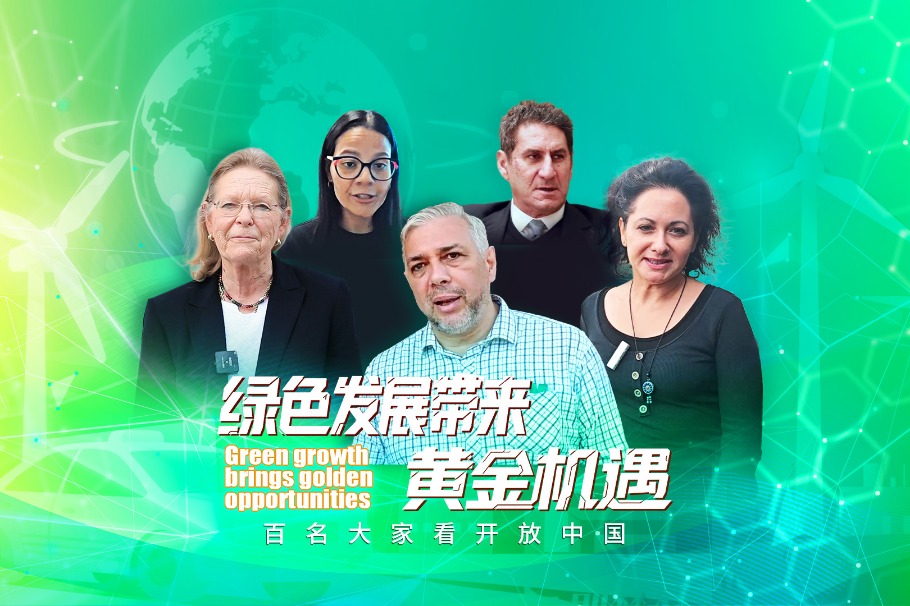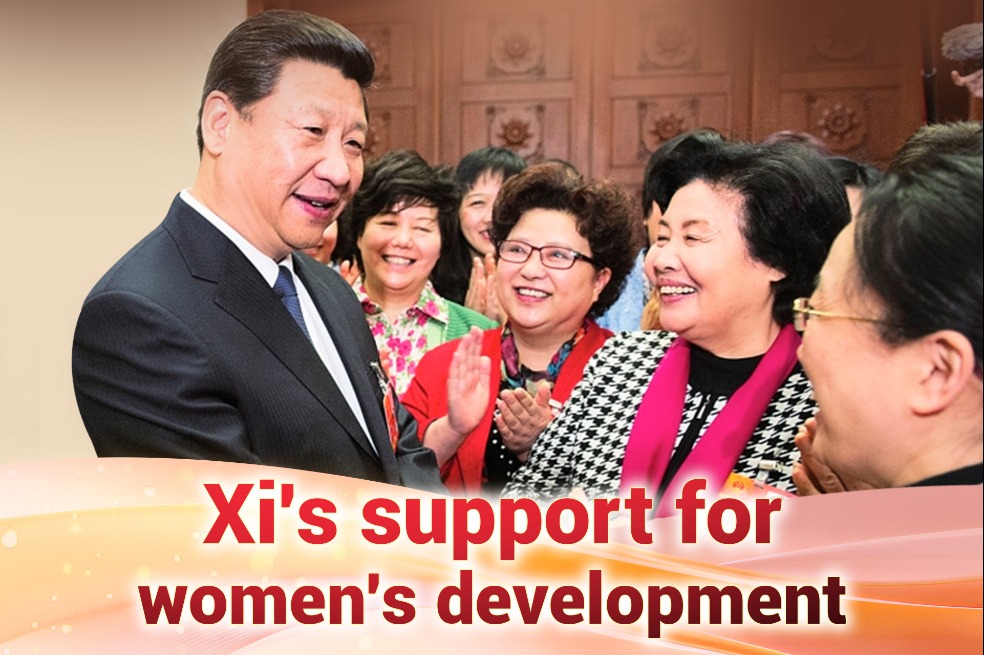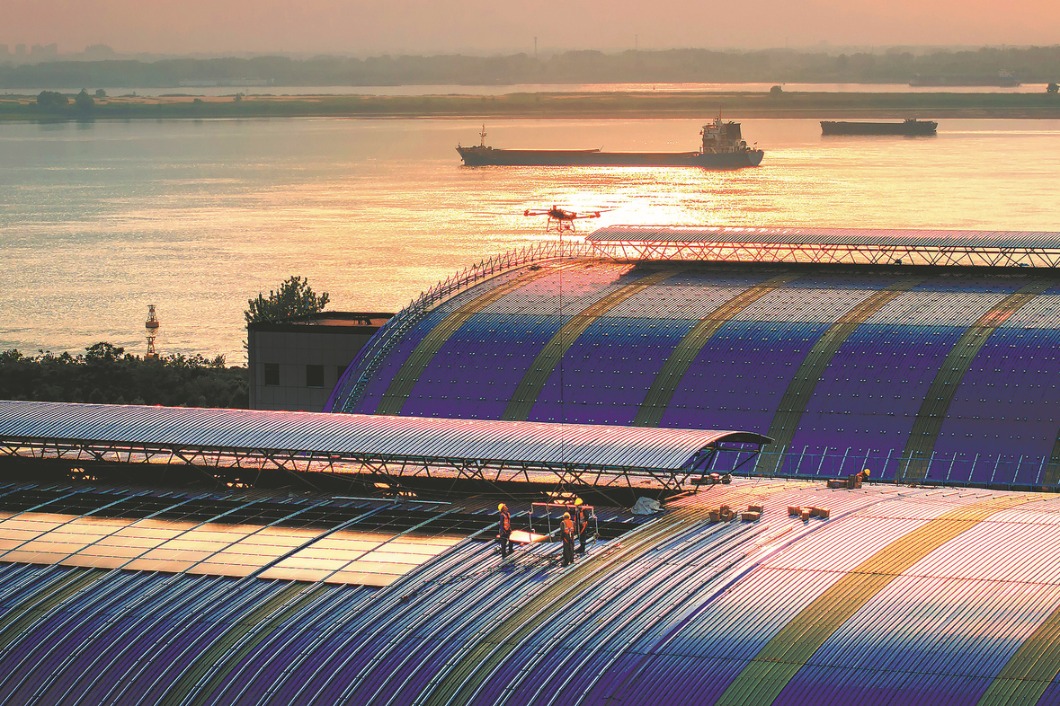At the double


As a significant strategic initiative, China's dual carbon goals (peaking carbon dioxide emissions before 2030 and achieving carbon neutrality before 2060) integrate domestic development into global climate efforts. Domestically, they are a catalyst for synergizing emissions reduction, pollution control, green expansion and growth to foster new quality productive forces and driving high-quality development. Globally, they represent China's commitment to contributing its solutions and insights to climate governance. After five years of progress, China's carbon reduction action has now entered a stage of comprehensive and deepened implementation.
First, the top-level institutional design has been progressively enhanced, solidifying the foundation for green development. China has established a comprehensive institutional framework centered on the "1+N" system of overarching guidance plus various policies.
Guided by the overarching documents such as the Action Plan for Carbon Dioxide Peaking Before 2030, this framework systematically aligns broad objectives and sector-specific implementation pathways with more than 30 supporting measures spanning public finance, financial systems, standards and consumption.
This integrated approach enables effective top-down implementation of the pathway to realizing the dual carbon goals, resulting in a coherent and well-structured carbon reduction policy system. Emphasizing principles such as national coordination, localized adaptation and the synergy between development and security, this institutional setup provides a structured basis for regionally differentiated peak-carbon timelines and industry-specific measures.
Second, technological innovation and low-carbon energy development are mutually reinforcing, leading to significantly enhanced efficacy. On the one hand, China has fully harnessed the catalytic role of sci-tech innovation, achieving world records in areas such as photovoltaic conversion efficiency and offshore wind turbine capacity.Through major scientific projects and strategic energy programs, China has built a comprehensive system for R&D, design and integrated manufacturing across the wind and solar industry chains.
On the other hand, China has managed the phase-down of conventional energy sources while strategically scaling up renewables, building the world's largest and fastest-growing renewable power system. This systematic and secure approach ensures a well-paced shift toward a low-carbon structure. As a result, renewables are progressively evolving from a supplementary role to a central one in the overall energy mix.
Third, green transportation and eco-friendly construction are advancing together, accelerating the shift toward sustainable spatial development. Digital and smart technologies are empowering transport systems, while building-integrated photovoltaics and intelligent energy management are being widely adopted, thus moving green building initiatives beyond single-structure performance toward the regional optimization of the energy mix.
Fourth, global cooperation and influence have expanded, with China's green governance underscoring its role as a responsible major power. Through equipment exports, technology transfer, and green collaboration within multilateral and bilateral frameworks such as the Belt and Road Initiative, China is increasingly catalyzing energy transitions worldwide.
At the same time, the expansion of China's domestic carbon market and the inclusion of additional sectors exemplify how market mechanisms can effectively drive emissions reduction — demonstrating mature pathways for a cleaner and low-carbon future through market-based mechanisms.
But despite having made considerable progress, China continues to grapple with three major challenges as it shifts from growing the quantity of its green economy to improving its quality.
First, policies and market mechanisms still do not work together in a fully synergistic way. The fiscal, financial, market and regulatory instruments are not closely linked, and carbon pricing mechanisms are not yet well aligned with electricity and industrial policies.
Second, several key low-carbon technologies still struggle to compete on cost, secure a self-sufficient supply of raw materials and scale up commercially.
Third, China has yet to fully ensure the supply of critical minerals and intermediate products, transform industrial clusters toward circular models.
These challenges not only hinder China's green transition domestically but also shape how it navigates international market competition and strengthens its supply chain security.
To accelerate the green transition from quantitative expansion to qualitative advancement during this critical period, efforts should focus on advancing progress in three key areas.
First, interdepartmental and cross-regional coordination must be strengthened to improve integrated policymaking effectiveness. Fiscal, financial, industrial and environmental policies need to enhance their synergistic pollution reduction and carbon mitigation effects. Establishing regular cross-ministerial coordination and evaluation mechanisms will help formulate a coherent and incentive-compatible policy toolkit. Regions with suitable conditions should pioneer demonstration green low-carbon policy systems to unleash the multiplier effect of multi-sector resource integration.
Concurrently, power market operations require improved resource allocation, standardized trading practices and strengthened risk controls. The national carbon emissions trading market should be steadily upgraded and expanded, while accelerating the alignment between power and carbon market mechanisms. Corporate carbon accounting and mandatory environmental information disclosure systems need enhancement to establish the institutional foundation for the orderly flow of key production factors.
Second, efforts need to be concentrated on achieving breakthroughs in core green low-carbon technologies and overcoming industrialization barriers. Priority should be given to advancing basic research and engineering demonstration in critical domains such as high-efficiency energy storage, green hydrogen production and transportation, and carbon capture and utilization. Efforts should focus on establishing interdisciplinary collaborative platforms for research and pilot testing, while refining insurance compensation and incentive policies for the first set of major technical equipment in the energy sector — such as green hydrogen production systems and large-capacity battery cells.
Meanwhile, measures including government green procurement and the development of application scenarios should be employed to create market opportunities and testing environments for green low-carbon technologies, ultimately forming replicable industrialization pathways.
Third, synergies have to be boosted across the green industry chain to raise carbon reduction efficiency. Industrial parks and industry clusters should be guided to adopt circular transformation and cascade energy use.
In parallel, the application of industrial internet and blockchain technologies in carbon footprint tracking, supply chain coordination and renewable resource recycling management should be accelerated.These measures will make green governance more transparent and efficient, thereby building more resilient, low-carbon industry chains.
Sun Chuanwang is a distinguished professor at the School of Economics at Xiamen University and chief economist of the China's Carbon Neutral Developmentability Index. Yuan Mingsheng is a doctoral candidate at the School of Economics at Xiamen University. Li Qianwen is an associate professor at the Research Institute for National Security and Green Development at Jiangnan University. The authors contributed this article to China Watch, a think tank powered by China Daily.
The views do not necessarily reflect those of China Daily.
Contact the editor at editor@chinawatch.cn.


































